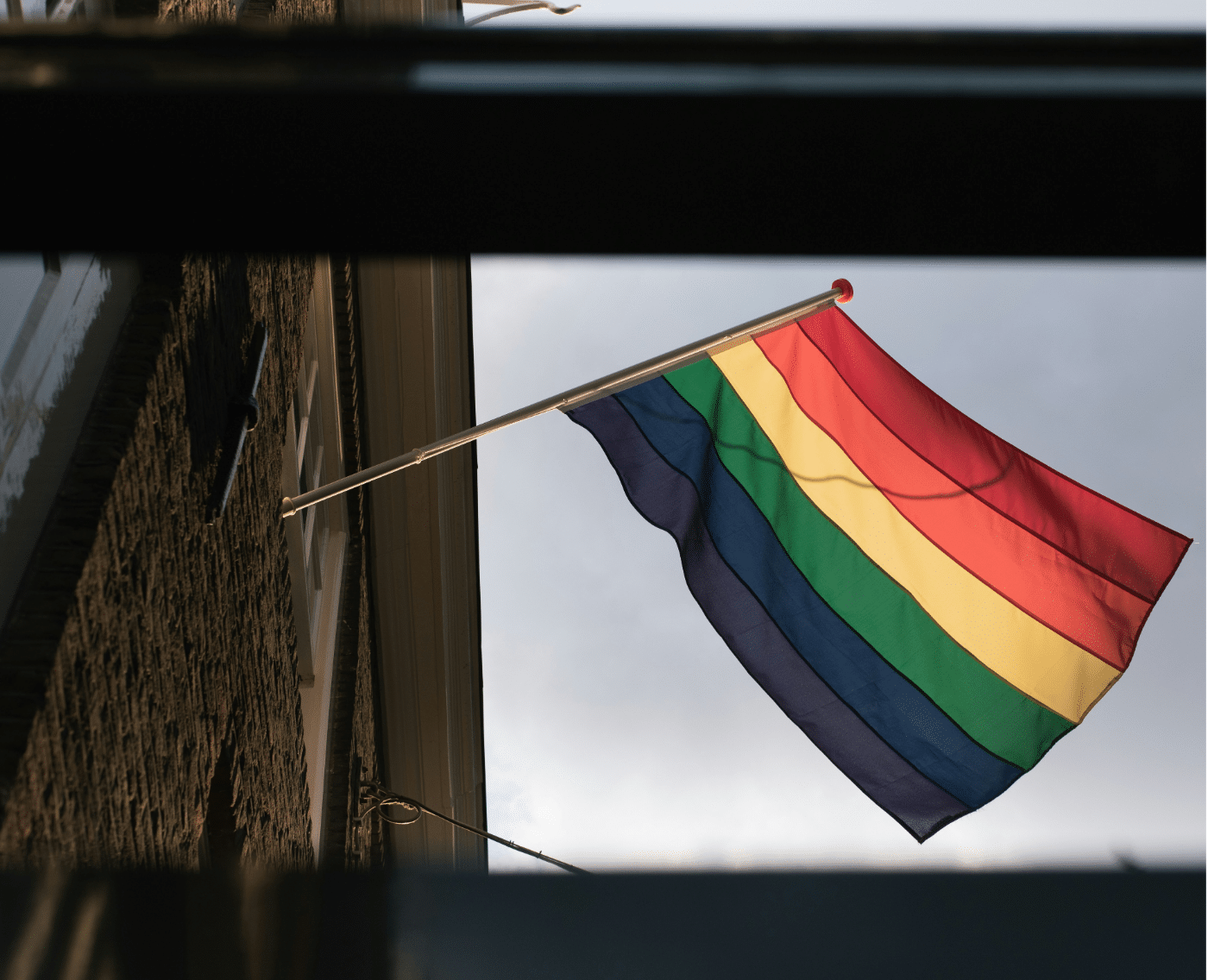Why digital platforms must be designed with LGBTQ children in mind
Much of the policy work around children’s unique needs and experiences in the digital environment tends to see children and young people as one uniform group. The reality is that children and young people belong to many different identity groups and their interaction with and experience of the digital world differs in complex ways.

Belonging to particular identity groups can also come with specific risks that are often under-explored. This piece examines the unique ways that LGBTQ children and young people interact with and are impacted by the digital world, and the implications this has for policy-makers and platform-providers alike.
Overall, research points to the internet as “invaluably” providing a sense of belonging and community for LGBTQ children, when they may not receive as much familial and community support offline. At the same time, digital services – through certain design features and data collection practices – can amplify young LGBTQ user’s experiences of cyberbullying, grooming, sexual assault, and being ‘outed’ without their consent. It is therefore imperative that digital platforms are designed with LGBTQ children and young people in mind, to empower and support their positive online experiences.
The internet as a ‘lifeline’ for young LGBTQ users
The digital environment can offer young LGBTQ users a chance to seek acceptance and more positively explore their identity and sexuality than offline. In fact, 29% of LGBTQ children are more “out” online than in person and 14% of LGBTQ children and young people first disclose their sexual or gender identity to someone online.
Online spaces provide more opportunities for children and young people to access LGBTQ-related support without the potential risks associated with being out in person. In particular, young LGBTQ people are more likely (78%) to search for sexual health information online compared to non-LGBTQ children (19%), often due to ‘not having anyone to ask’ offline. Moreover, the digital environment can provide expanded opportunities for peer support, with 62% of LGBTQ children and young people using the digital world to connect with other LGBTQ people. For LGBTQ young people, online friendships are often stronger too: 35% of LGBTQ children said their online friends provided strong support, whereas only 10% of non-LGBTQ children answered similarly.
The importance of the digital environment for LGBTQ young people extends beyond personal connections. It is also a vital mechanism for greater civic participation. LGBTQ respondents are more likely than non-LGBTQ respondents to participate in online activism across the board: liking or following a campaign or cause online (68% v. 42%); signing a petition online (67% v. 41%); and posting on social media about issues that matter to them (68% v. 40%). In addition to facilitating civic participation, the digital environment can also expand opportunities for LGBTQ children and young people if they are not comfortable participating offline. According to GLSEN’s Out Online report, 22% of young LGBTQ people say they are only engaged civically online or via text message.
Risky experiences online
LGBTQ children can be more susceptible to the risks of the digital world, however, as offline vulnerabilities manifest themselves online too. LGBTQ children are more likely to be cyber-bullied compared to non-LGBTQ children both offline (59% v. 38%) and online (42% v. 15%). One in three (32%) young LGBTQ people have said that they had been sexually harassed online, four times as many as non-LGBTQ young people (8%).
The opportunities that the digital world provides for LGBTQ young people to explore their identity and sexuality also poses risks. A study conducted with 14 to 17-year-old gay and bisexual teenagers found that 52.5% of participants reported using dating apps designed for adult men to actively find male sexual partners. According to Gil Fishof, Director of the Human Rights Youth Organization, the risk to LGBTQ children on these apps can be greater, due to being “less likely to say no to sexual advances because they feel the need to validate their sexual identities”.
The importance of safety-by-design
These risks are, as always, exacerbated by design decisions that fail to account for the needs and vulnerabilities of children. The flimsy age-gates on platforms like Grindr are just one example among many.
For instance, many online platforms set their privacy settings to ‘public’ by default, encouraging young users to share their personal information widely and to maximise their interaction with other users. Requiring people to ‘opt-in’ if they want their privacy protected, rather than protecting their privacy by default, may be particularly risky for young LGBTQ people in disclosing their sexual or gender identity before they have decided to come out (if they choose to at all). Similarly, the lack of options available to users in limiting comments or restricting private messaging features only amplifies the risk of cyberbullying, sexual harassment or grooming for LGBTQ children.
The unintended consequences of data profiling and content recommendation can also pose particular risks for LGBTQ children. Over the years, there have been multiple reports of ‘algorithmic outing,’ with Netflix reportedly tailoring home screen images to emphasise LGBTQ content and Facebook displaying advertising for LGBTQ spaces and “coming out” coaches. Where these recommendations are inadvertently visible to other members of a household – through shared accounts or screens in communal rooms, for instance – the challenges for LGBTQ children young people are clear.
Pride 2020: Moving beyond rainbow filters and stickers
As technology companies such as Facebook, Apple, and Google champion LGBTQ inclusion, it is important that they empower and protect LGBTQ children and young people online. It is simply not enough for digital platforms to offer rainbow filters and stickers to signal their commitment to their users. Instead, they must design their platforms with the needs of LGBTQ young people in mind.
